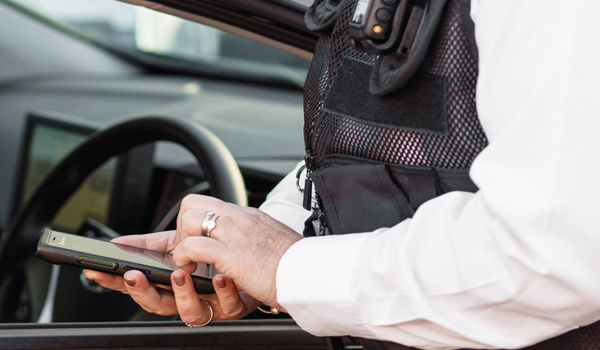Can Tetra be replaced by LTE?
Yossi Segal examines whether dispensing with Tetra for mission-critical communications may be premature.
Tetra (terrestrial trunked radio) an official standard set up by the European Telecommunication and Standardisation Institute (ETSI) which has long been the standard communications platform for public safety, transportation, emergency response teams, police and oil and gas sectors, among others may no longer be the obvious choice for a communications platform.
With the UK seeking to replace Tetra with LTE (long-term evolution) as early as 2016, other European countries may follow, which will ultimately affect US P25 communications platforms a suite of North American digital radio communication standards for digital public safety radio communications.
Contracts for UK Tetra-based, national communications systems are scheduled to expire from 2016 to 2020 and UK officials are currently finalising alternatives. This was the talk at this years Critical Communications World, which took place in Barcelona on May.
The Tetra network covers 99 per cent of the land mass and 98 per cent of the population in England, Scotland and Wales. It serves all three emergency services and other national users. However, being a narrowband platform, and with the low-cost commercial wireless air time available today, the Tetra-based solution appears to be not cost-effective.
Furthermore, being a narrowband solution and with emergency services seeking to widen communication options to include video, data and voice, Tetra may no longer fit todays demands and, certainly, future requirements.
As a result, the UK Government issued a new £1.2 billion Emergency Services Network tender to replace the previous £2.9 billion digital radio communications arangement.
The Home Office recently conducted a supplier meeting to discuss the options for having public safety systems based on LTE technology in place by December 2016, although this looks increasingly likely to roll over into 2017, with 4G mobile technology scheduled to replace all government Tetra-based communications systems by 2020.
The growing demand for video and data transmission for response teams and public safety sectors comes from the need to gain real-time video and data from the scene and be able to transmit or broadcast straight to, and from, local headquarters. This enables all units to see the same situational awareness and collaborate as a unified entity when all relevant visuals are available for all.
Is this the end for Tetra then? Not so fast. If you ask LTE and Tetra experts, the overall sense is that both technologies complement, rather than compete with, each other. Both technologies can be seen as supplementary to each other.
While Tetra provides strong speech communications, LTE is entirely based on packet-switching for the transport of data of all services, including speech. The most important (technical) objective of LTE is a significant increase in the speed of data. The peak speed of data runs towards 100 Mbit/s on the downlink and towards 20 Mbit/s on the uplink in a radio channel with a width of 20MHz in commercial operators deployment model (in dense base-station deployment).
Furthermore, deployment of a private public safety network is very expensive CAPX (capital expenditure) and requires annual expensive operation (OPEX operating expenditure costs). Therefore, many countries will not opt for this option but rather use a civilian network, such as a MVNO (mobile virtual network operator) to provide broadband LTE where it exists and continue to use Tetra in other areas.
Broadband-based solutions may not always be applicable in high densely populated areas, where broadband traffic is high (such as the case for public events) and may block local access. In these cases, a private LTE cloud, mostly available in populated areas where the demand is high, can solve the issue and deliver both video and data while integrating any existing Tetra-based speech solutions.
However, public safety organisations are required to operate nationwide along the borders, along the coastline, in remote areas of woods, forests or natura




